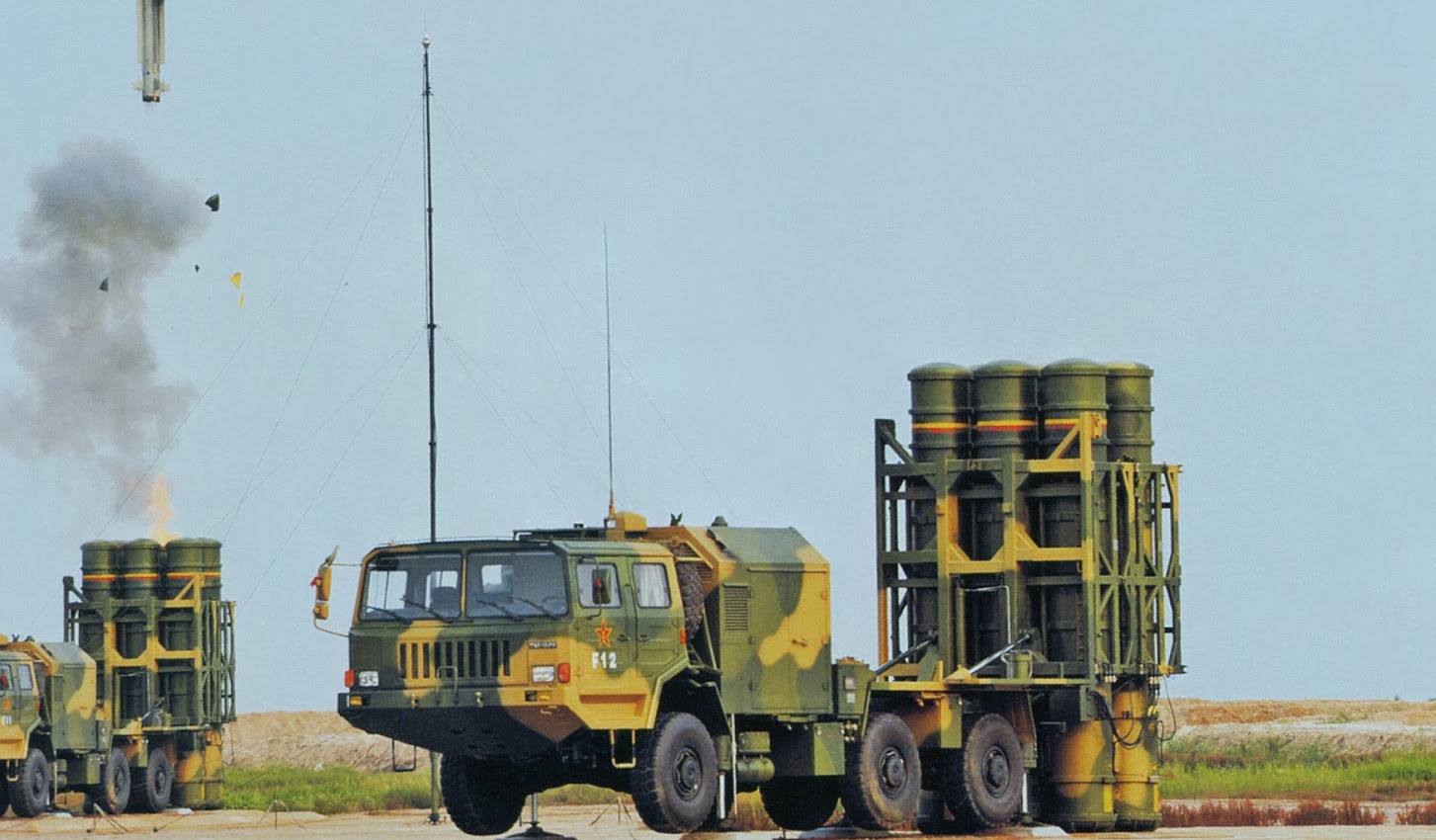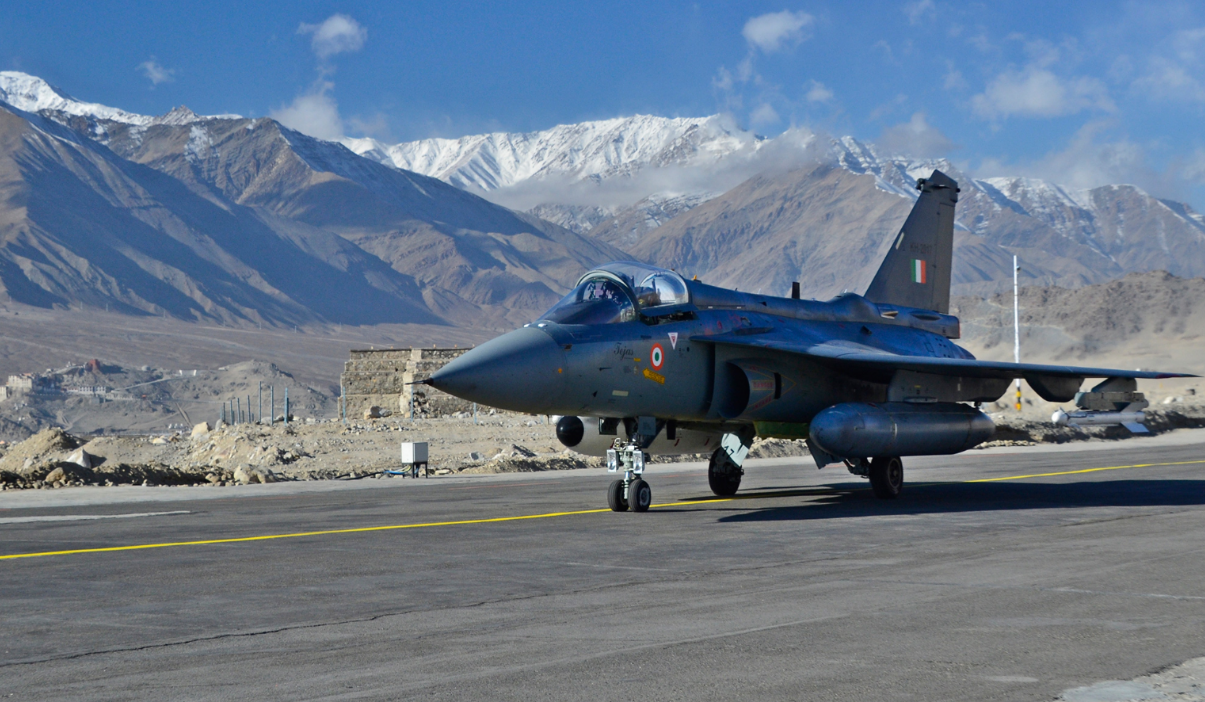2879Views 4Comments

China reveals 70km version of HQ-16 surface-to-air missile system
According to IHS Jane’s, China has developed an extended-range version of its medium-range HQ-16 surface-to-air missile (SAM) system.
The HQ-16 SAM system is typically marketed with a stated range of 40km, but this new version, which was reportedly shown on Chinese state television, is capable of reaching 70km.
Notes, Comments & Analysis:
The HQ-16 is essentially the People Liberation Army (PLA)’s mainstay medium-range surface-to-air missile (SAM) system. In addition to land deployment, a vertically launched naval variant – designated HHQ-16 – has also been integrated onto numerous PLA Navy frigates and destroyers. The HQ-16 has also seen some recent export success, most notably Pakistan, which had ordered nine HQ-16 SAM systems since 2014.
According to Air Power Australia, the HQ-16 appears to have begun as a joint Chinese-Russian effort to develop an evolved variant of the Soviet-era Buk/SA-17 Grizzly semi-active radar-homing (SARH) SAM (which Jane’s believes to have started in 2005).
However, since the time China had officially announced that HQ-16 development was complete (in 2011), the medium-range SAM has evolved into a distinct and forward-leaning system. Given the development plans reportedly on the docket for the HQ-9 (such as an active radar-homing version), the HQ-16 could emerge as a potent and versatile SAM system in its own right.
If reports of a 70km-range version existing are correct, then its emergence could add an interesting angle to Pakistan’s recent string of HQ-16 purchases. It is no secret that the Pakistani armed forces have sought long-range anti-air warfare (AAW) capabilities. In the absence of the HQ-9, the extended-range HQ-16 could offer a bridge or buffer to help strengthen the country’s air defence environment within a shorter period of time and at a lower cost. This would not negate the need for a long/very long-range SAM, but it would finally raise the country’s AAW coverage to the long-range ambit.
The extended-range HQ-16 would also be an example of improvements in China’s propulsion technology. If the core dimensions of the original HQ-16 have been retained, then it would indicate the presence of more efficient and longer-range rockets. In time, the competencies developed for the HQ-16 could be channeled into new-generation designs that more closely emulate compact medium/long-range SAMs, such as the Evolved Sea Sparrow Missile (ESSM) and Barak-8, among others.



4 Comments
by U
Is there a chance that Pakistan actually bought the extended range version?
Or if they haven’t do they only need to get the new missile for extended range or the complete system?
by Sami Shahid
Pakistan should buy Long Range SAM’s from just Russia
by mh1975
http://www.ausairpower.net/APA-NOTAM-061209-1.html
by sahil
Why are we going for average chinese technology. in AAW russians are far ahead. Now that we have the Russian channel open and defence ties are being given a serious though, we should look for technology like the long range SA-300 SA400 (costly but we can buy less in number to protect strategic assets) and then TORM2U or pantsir-S1 for short range defence. We should seriously improve our air defence which was previously only relying on absolute croatale missiles from france